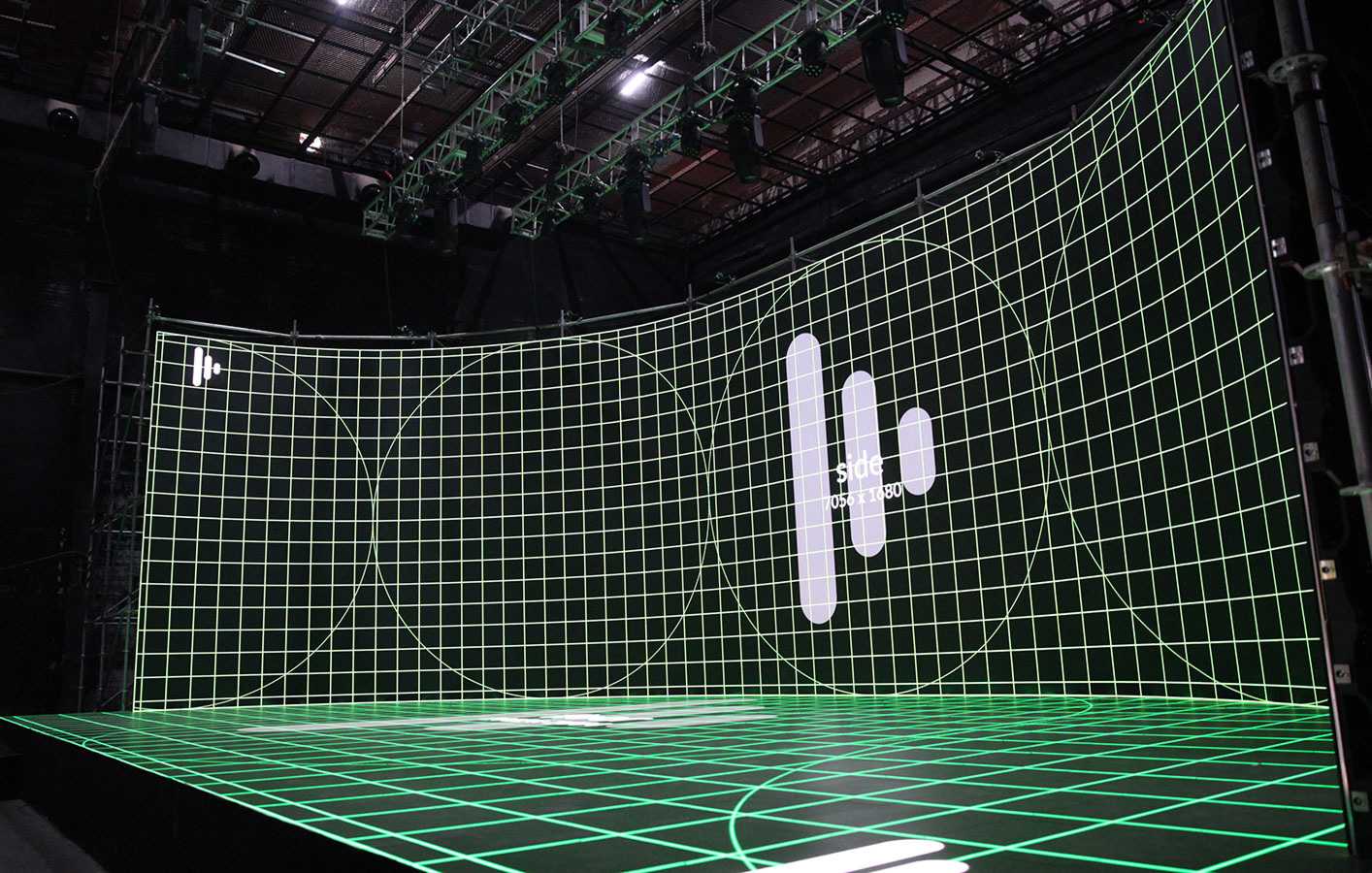disguise ‘democratises’ Virtual Production
- Details

The latest features introduced by disguise include ACES colour management, DirectX12 (DX12) and Deep Learning Super Sampling (DLSS) support from Nvidia. Together, they will allow users to deliver images of the highest quality via 10-bit HDR processing of Unreal content through disguise RenderStream.
RenderStream is a proprietary IP protocol that enables the hosting of Unreal content on dedicated disguise hardware. “This approach of scale-out rendering in conjunction with features such as DX12 support, DLSS and the ACES colour management workflow allows Virtual Production customers to pursue truly photorealistic scenes and content without compromising on creative delivery,” says Joe Bleasdale, product manager at disguise.
“In my last shoots I’ve been working with the ACES workflow, and the results have been really good,” reports David Monguet of MO&MO Films. “This feature is a great tool for all of us in the production process - the VFX team has less work to transform the plates, and I have more dynamic range to adjust in the screens. I've been doing some tests with a colourist to compare and the conclusion is that it is working perfectly.”
disguise has also implemented a pipeline that supports Unreal Engine running DLSS - an Nvidia technology that enables content to be rendered at a lower resolution then up-sampled using GPU-accelerated deep learning model to reconstruct the image at the higher resolution.
The use of DLSS was pioneered by disguise partner Orca Studios - a virtual production and VFX studio in Barcelona. “We adopted an early implementation of DLSS into Unreal Engine, which allows us to get a critical boost in performance in the more demanding scenes with ray tracing global illumination that would otherwise not hit the noise and performance limits necessary for high-end productions. The disguise integration of DLSS and Unreal Engine made this a seamless process,” the team reports.
disguise has also recently added DirectX12 support for Unreal Engine, unlocking advanced rendering features such as ray tracing allowing users to capture high-quality reflections, refractions and accurate shadows to deliver best-in-class photorealistic content.
“Our users are always looking for ways to deliver images of the highest quality, highest detail and highest frame rate but this is often constrained by the finite GPU power of their rendering system,” says Peter Kirkup, global technical solutions manager at disguise.
“Our next release will introduce users to cluster rendering, an integration solution for Unreal’s nDisplay. With this we aim to do two things – simplify the configuration of render clusters and separate out the render clusters from the final pixel delivery machines. By separating those two, we are able to scale them independently so you can add more render nodes for more render power or add more output nodes if you just have a bigger canvas.”
















